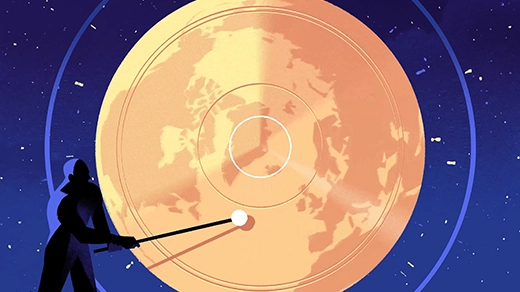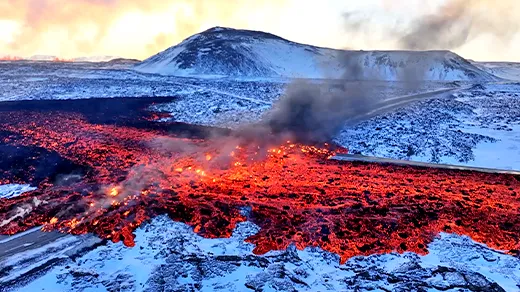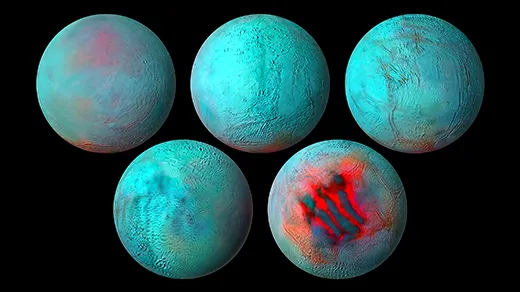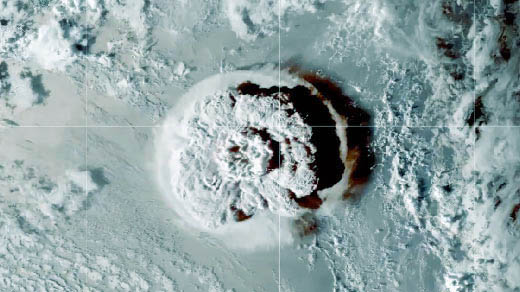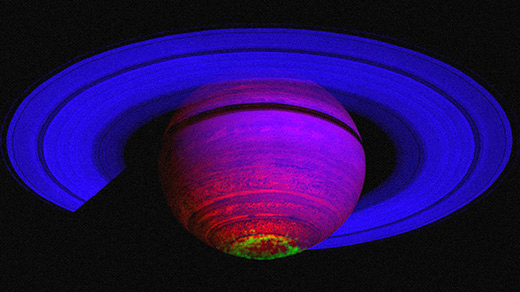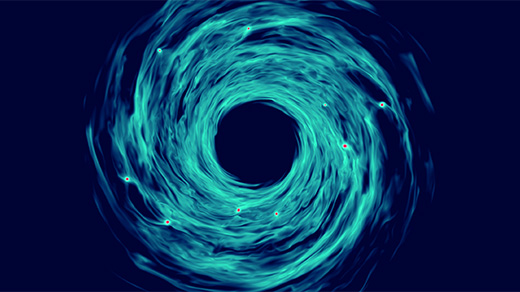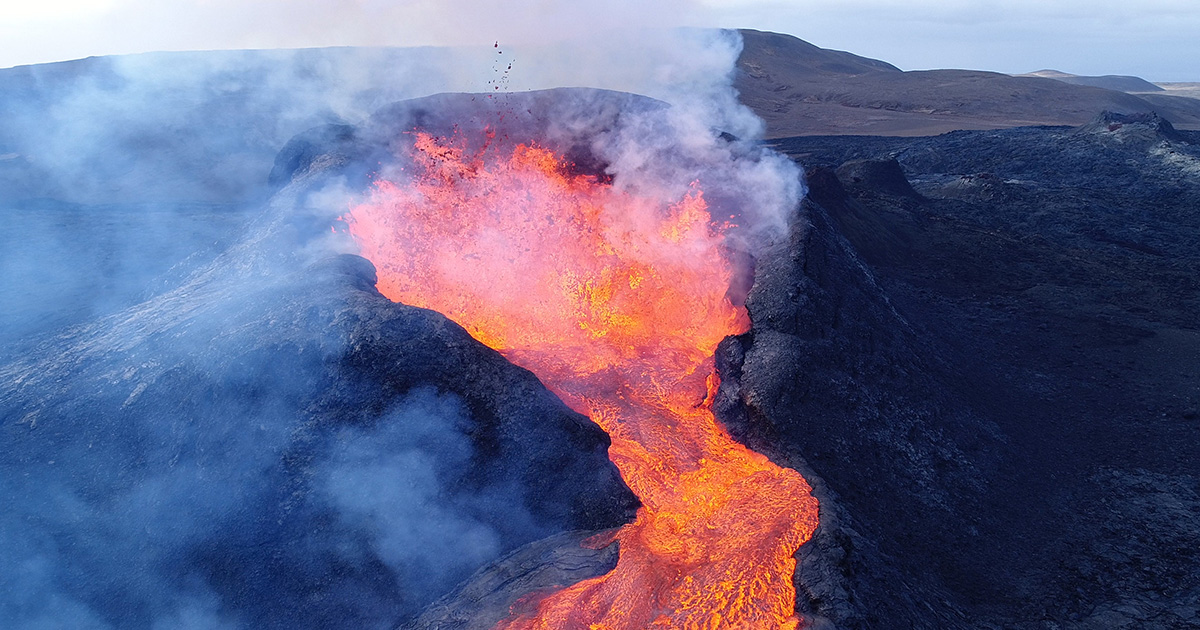Latest Articles
The Search for What Shook the Earth for Nine Days Straight
Last year, an immense but brief outburst of seismic energy was soon followed by a long hum that made the world ring. Finding its cause took 68 scientists and an assist by the Danish military.
Inside Scientists’ Life-Saving Prediction of the Iceland Eruption
The Reykjanes Peninsula has entered a new volcanic era. Innovative efforts to map and monitor the subterranean magma are saving lives.
The Scientist Who Decodes the Songs of Undersea Volcanoes
In the rumbles and groans of underwater volcanoes, Jackie Caplan-Auerbach finds her favorite harmonies — and clues to the Earth’s interior.
These Moons Are Dark and Frozen. So How Can They Have Oceans?
The moons orbiting Jupiter and Saturn appear to have subsurface oceans — tantalizing targets in the search for life beyond Earth. But it’s not clear why these seas exist at all.
Scientists Unravel How the Tonga Volcano Caused Worldwide Tsunamis
The Tonga eruption in January was “basically like Krakatoa 2.” This time, geophysicists could explain the tiny tsunamis that cropped up all over the planet, solving a 139-year-old mystery about Tonga’s predecessor.
A Massive Subterranean ‘Tree’ Is Moving Magma to Earth’s Surface
Deep in the mantle, a branching plume of intensely hot material appears to be the engine powering vast volcanic activity.
Gas Giants’ Energy Crisis Solved After 50 Years
Jupiter and Saturn should be freezing cold. Instead, they’re hot. Researchers now know why.
Astronomers Find Secret Planet-Making Ingredient: Magnetic Fields
Scientists have long struggled to understand how common planets form. A new supercomputer simulation shows that the missing ingredient may be magnetism.
A Burp or a Blast? Seismic Signals Reveal the Volcanic Eruption to Come
Scientists have begun to decipher the subtle signs that reveal how explosive a volcanic eruption is going to be.

